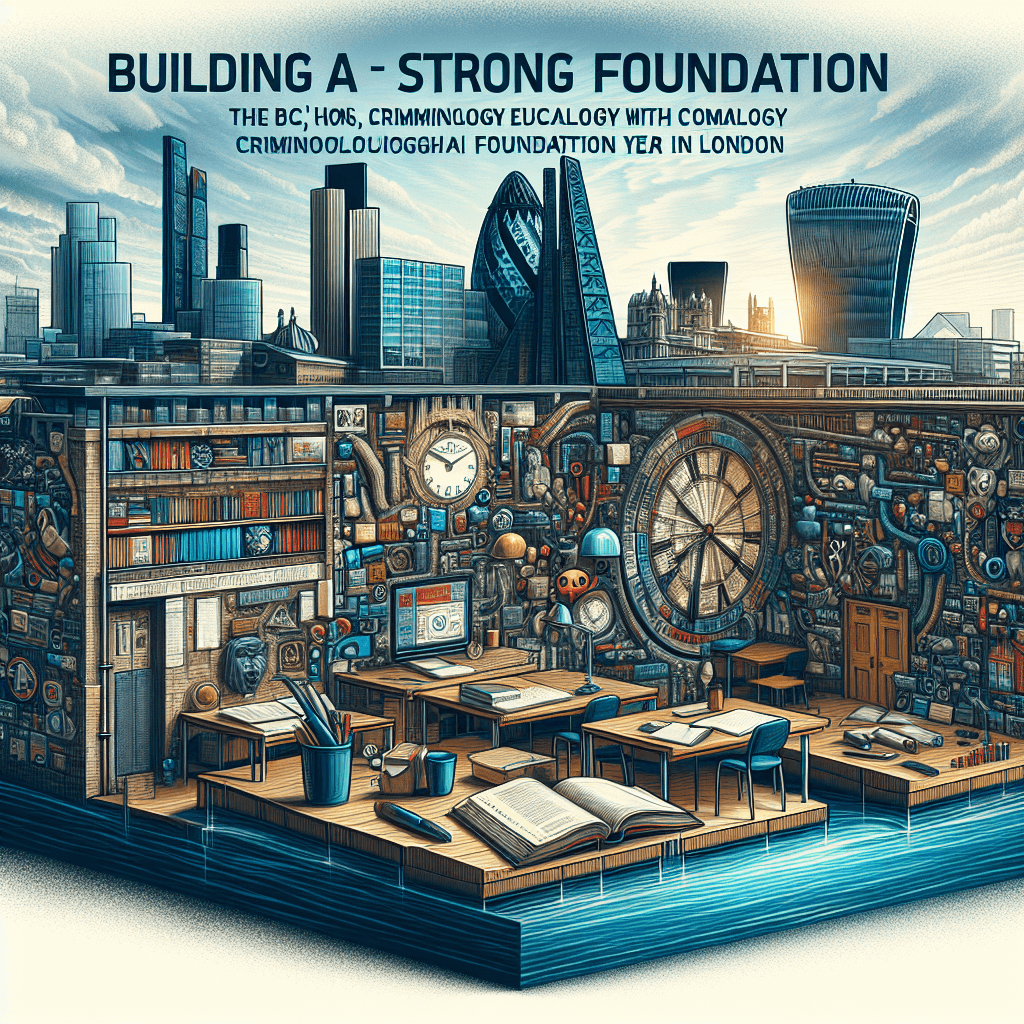Innovative Teaching Methods at Leading Universities
In the rapidly evolving landscape of education, leading universities around the world are implementing innovative teaching methods that enhance the learning experience. These approaches not only foster engagement but also prepare students for the complexities of the modern workforce. Here, we examine some of these groundbreaking methods being adopted by prestigious institutions.
Project-Based Learning (PBL)
Project-Based Learning emphasizes student-driven projects that allow learners to apply theoretical knowledge to real-world scenarios. Institutions like Stanford University employ PBL to enhance critical thinking and collaborative skills. Students work in teams to tackle complex problems, conducting research, and presenting their solutions. This method not only reinforces subject matter but also simulates a professional environment where teamwork and problem-solving are crucial.
Flipped Classroom
The flipped classroom model has gained considerable traction, particularly in universities such as the University of California, Berkeley. This teaching method reverses traditional lecture and homework formats. Students first engage with lecture materials at home—through videos or readings—before participating in interactive, hands-on learning during class. This approach allows educators to focus on deeper discussions and personalized support, accommodating varying learning paces.
Experiential Learning
Experiential learning moves beyond textbooks, allowing students to gain firsthand experience through internships, co-op programs, and field studies. Institutions like Harvard University encourage this method, integrating real-world applications into the curriculum. By immersing students in actual work environments, they cultivate practical skills and a deeper understanding of their academic fields.
Gamification
Gamification introduces game design elements into the educational experience. The University of Pennsylvania has effectively utilized this approach, integrating game mechanics into assessments and learning activities. By incorporating competition, rewards, and challenges, students become more motivated and engaged. This method not only enhances learning outcomes but also fosters critical thinking and strategy development.
Collaborative Learning
Collaborative learning emphasizes teamwork and shared knowledge. Many universities, including the Massachusetts Institute of Technology (MIT), have adopted this teaching style, encouraging students to work in diverse groups. This approach enhances communication skills and promotes a sense of community among learners, as they share perspectives and tackle challenges collectively.
Use of Technology
Technology integration plays a vital role in modern education. Leading universities are harnessing digital tools like virtual reality (VR), augmented reality (AR), and artificial intelligence (AI) to enrich the learning experience. For instance, the University of Southern California employs VR simulations in its medical programs, allowing students to practice surgical procedures in a safe environment. This technological infusion not only enriches the learning experience but also prepares students for a tech-driven future.
Personalized Learning
Personalized learning tailors educational experiences to individual students’ needs and preferences. Institutions such as Arizona State University utilize data analytics to track student progress, enabling customized learning pathways. By allowing students to choose their own learning trajectories, universities foster a sense of ownership and responsibility toward education.
Conclusion
Innovation in teaching methods at leading universities is reshaping the educational landscape. By adopting project-based learning, flipped classrooms, experiential learning, gamification, collaborative approaches, technology integration, and personalized learning, these institutions are equipping students with the skills necessary for success in a dynamic world. As educational paradigms shift, the focus continues to be on creating engaging, effective learning environments that cater to the diverse needs of students.







